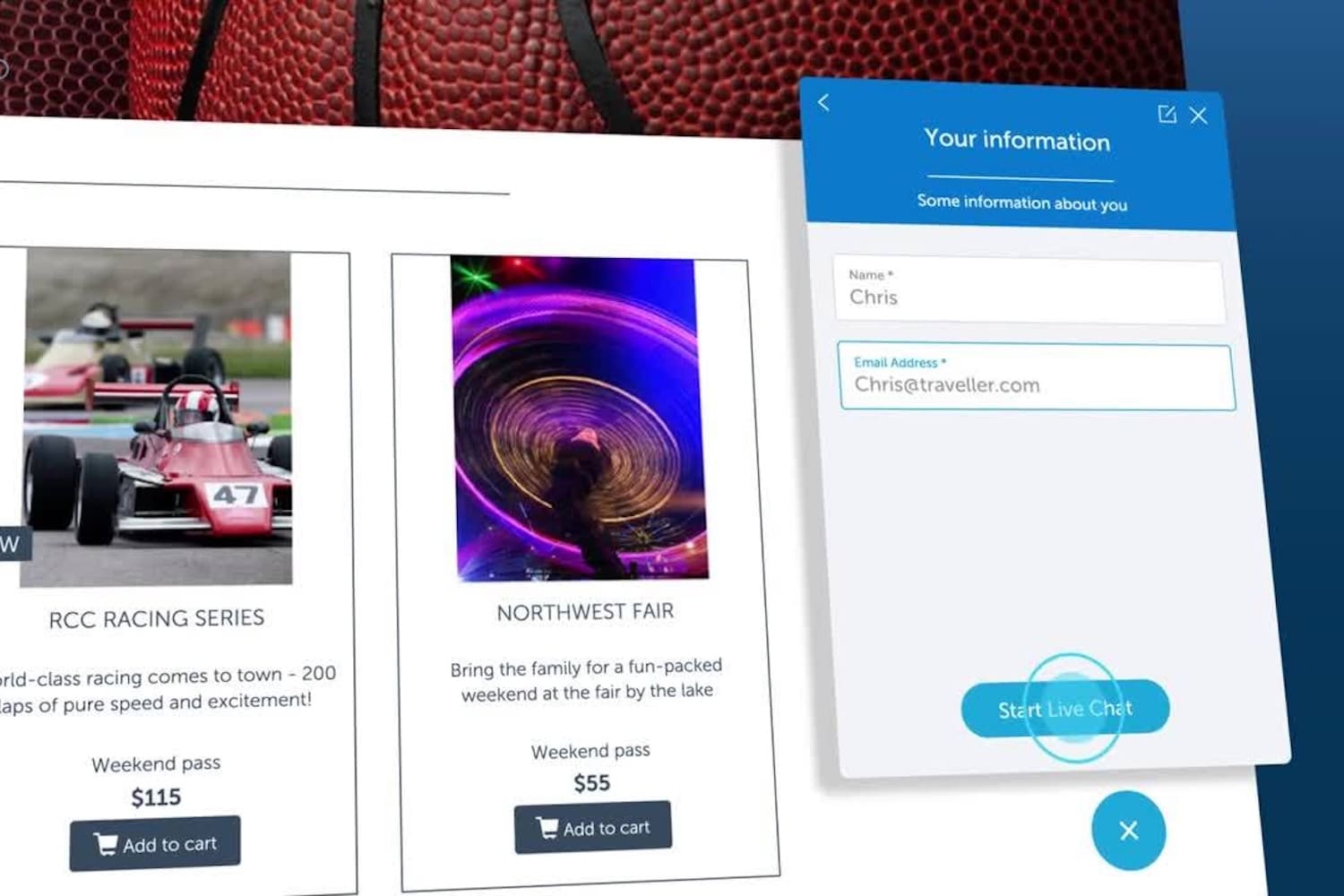Your customers expect instant responses, but your current contact centre setup leaves them waiting in queues while your team juggles repetitive inquiries that could be handled automatically. The gap between customer expectations and traditional service delivery is widening, particularly as Artificial Intelligence (AI) customer service adoption accelerates across industries.
The Current Reality of Customer Wait Times
You know the frustration your customers experience during peak periods. Simple questions that should take seconds to resolve stretch into minutes-long conversations, while complex issues get buried behind routine inquiries your team has answered thousands of times before. Your staff spends significant portions of their day on repetitive tasks instead of focusing on the challenging interactions where human expertise genuinely adds value.
Traditional phone systems route calls based on availability rather than inquiry type or complexity. This means your most experienced agents often handle basic questions while customers with urgent technical issues wait longer than necessary. The result is inefficient resource allocation that frustrates both customers and staff.
How AI Changes Everything
AI customer service implementations are transforming this dynamic by intelligently filtering and routing interactions before they reach human agents. Advanced systems can identify inquiry types from the first few words, automatically provide answers to common questions, and ensure complex issues reach the right specialist immediately.
The technology goes beyond simple phone trees or chatbots. Modern AI systems understand context, maintain conversation history, and can even detect customer emotion to adjust responses accordingly. When escalation to human agents becomes necessary, the AI provides complete interaction history and suggested solutions, allowing your team to continue seamlessly without asking customers to repeat information.
Recording Insights Transform Training
Your current approach to quality assurance probably involves randomly sampling recorded calls and manually reviewing them weeks after the interaction occurred. This delayed feedback loop makes it difficult to identify training opportunities or systemic issues that could be addressed proactively.
AI-powered recording analysis evaluates every interaction, identifying patterns in customer satisfaction, agent performance, and common problem areas. You can spot training needs immediately rather than discovering them months later during performance reviews. The system highlights successful interaction techniques, allowing you to replicate effective approaches across your entire team.
This comprehensive analysis reveals insights you’ve never had access to before: which phrases lead to positive customer responses, how different agents handle similar situations, and where process improvements could eliminate recurring issues.

Virtual Assistants Handle Routine Tasks
Your team currently spends considerable time on tasks that don’t require human judgment: password resets, account balance inquiries, basic troubleshooting steps, and appointment scheduling. These interactions consume agent time while adding no particular value that justifies the labour cost.
Virtual assistants integrated into your phone system can handle these routine inquiries automatically, providing instant responses that satisfy customers while freeing your team for complex problem-solving. The technology has advanced beyond rigid scripts to conversational interfaces that feel natural and helpful rather than frustrating.
When customers do need human assistance, the virtual assistant has already gathered relevant information and attempted preliminary solutions. Your agents receive a complete picture of the customer’s situation and previous interaction attempts, eliminating repetitive questions and reducing overall handling time.
Automated Routing Eliminates Transfers
You’ve probably noticed how often customers get transferred multiple times before reaching someone who can actually help them. Each transfer increases frustration and handling time while creating negative impressions of your service quality.
Intelligent routing systems analyse customer inquiries and direct them to the most appropriate agent from the initial contact. The system considers agent expertise, current workload, customer priority level, and inquiry complexity to make optimal routing decisions automatically.
This eliminates the common scenario where customers explain their situation multiple times to different agents. Instead, they connect immediately with someone equipped to help, creating positive experiences while reducing overall interaction time.
Real Cost and Productivity Improvements
The operational benefits extend beyond customer satisfaction improvements. AI customer service implementations often deliver measurable reductions while simultaneously improving first-call resolution rates. Your team becomes more productive because they’re focusing on activities that genuinely require human skills rather than repetitive information gathering.
Staff satisfaction often improves when routine tasks are automated. Your agents can concentrate on complex problem-solving and relationship building rather than answering the same basic questions repeatedly. This leads to better job satisfaction and reduced turnover, further improving service consistency.
The technology also provides unprecedented visibility into contact centre operations. You can identify peak demand patterns, predict staffing needs, and optimise scheduling based on actual data rather than historical estimates.
Implementation Without Disruption
The good news is, you don’t necessarily need to replace your entire phone system to access these AI capabilities. Modern solutions integrate with existing infrastructure, allowing gradual implementation that proves value before major commitments. You can start with specific functions like call routing or virtual assistants, then expand capabilities as your team becomes comfortable with the technology.
The key is choosing systems designed for integration rather than replacement. This approach protects your current investments while adding capabilities that transform customer experience and operational efficiency.
Your customers expect modern service experiences, and AI solutions provide the tools to meet those expectations while reducing costs and improving team productivity.
Ready to learn more? Reach out to our team today to chat through your requirements in further detail.





